The Austrian Donauinselfest is known as the largest free open-air music festival in Europe, and it happens yearly on Vienna’s Danube island. The festival attracts around three million visitors over its three days of events and is starting on Friday in the Austrian capital.
The festival has been taking place yearly since 1983 on the 21.1-kilometre river island. This year, it has 14 different areas and 11 stages, according to the official website. Visitors can expect more than 600 hours of program.
READ ALSO: The best festivals and events to enjoy in Austria this summer
Here is what you need to know to enjoy the programme fully.
When and where is the festival?
The festival has an extensive range of events starting on Friday, June 24th, and lasting until Sunday, June 26th. It takes place on the island between the new Danube and the Danube rivers, known as the Donauinsel.
READ ALSO: 7 things to know about driving in Austria this summer
It is easily accessible via the U1 (Donauinsel station) and U6 (Handelskai station) metro and there are no parking spaces available near the festival site.
Admission to the event is free.
The festival is back after the pandemic
After two years of reduced capacity and many Covid-19 restrictions, the Donauinselfest is back to (almost) normal. There is no limit to the number of visitors, no requirement to show proof of vaccination or recovery from the disease, and no mask mandate.
However, the authorities have asked that people take “personal responsibility” as coronavirus infection numbers have been rising.
READ ALSO: Five of the best things to do in Vienna this summer
The organisers have requested people to get tested before visiting the vast festival, Vienna.at reported.
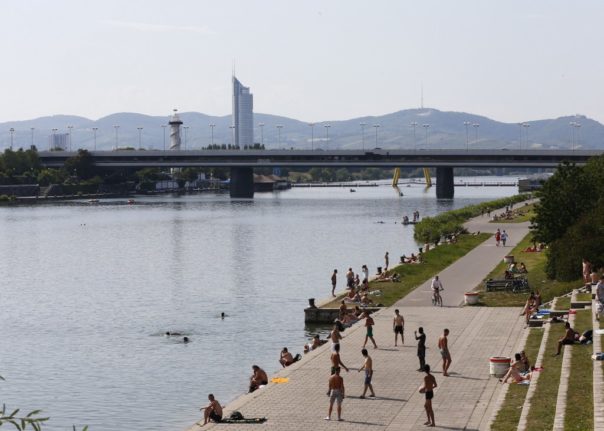
“We ask everyone who would like to visit the Donauinselfest this year to take a PCR or rapid test in advance and thus protect themselves and others. People with symptoms are not allowed to enter the festival grounds.”, said organiser Matthias Friedrich.
Though masks are not mandatory, they are recommended on-site if it is too full of people and no social distancing is possible. Besides, there is a masks requirement to all Donauinselfest workers in indoor areas.
Watch out for what you cannot bring
There is an extensive list of things that are not allowed on the festival site. For example, visitors are not allowed to take large bags and backpacks (“A3 format”, according to the website). However, a gym bag is not considered a backpack.
Animals, including dogs, are prohibited – except for guide dogs and service dogs.
You are also not allowed to bring umbrellas, alcoholic beverages, cans, glass bottles, or drones. The list of prohibited items includes “propaganda material”, spray bottles, whistles, large or bulky objects, bicycles and skateboards, stools and chairs, food and more.
Check out the complete list here.
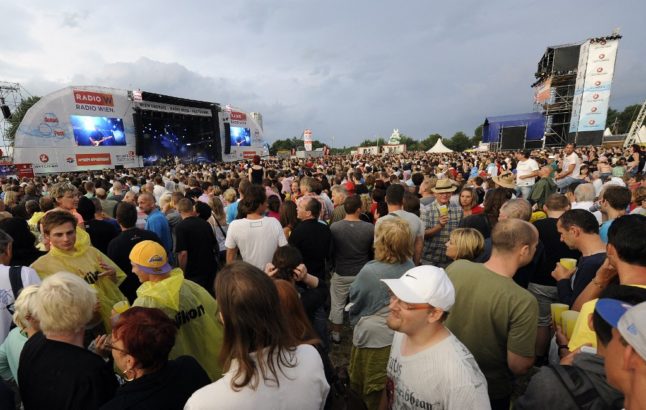
READ ALSO: Forecast: Austria set for high temperatures and storms throughout weekend and beyond
You can – and should – bring plenty of water and sunscreen, as temperatures are expected to be around the 30Cs over the next few days.
What kind of music is there?
The festival has several stages and a broad programme selection. The bands are usually more regional, with a significant presence of Austrian, German, and Italian bands.
You can find all sorts of music, from pop to rock, rap, and techno. There are even tribute bands like Break Free, which will play Queen’s best signs on the rock stage.
The program includes other activities as well, such as poetry slam, art stages, sport areas, and even events for families and children.

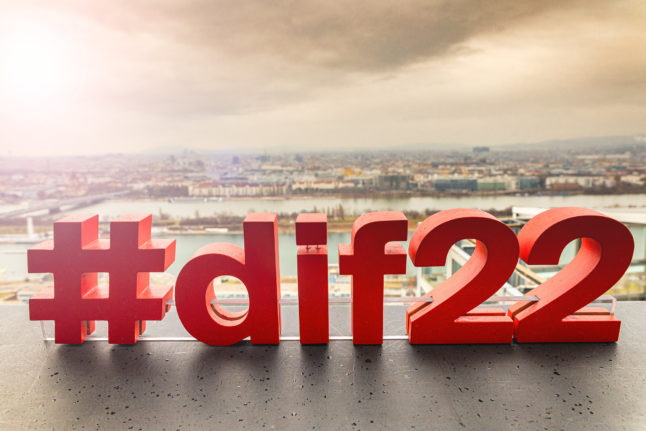
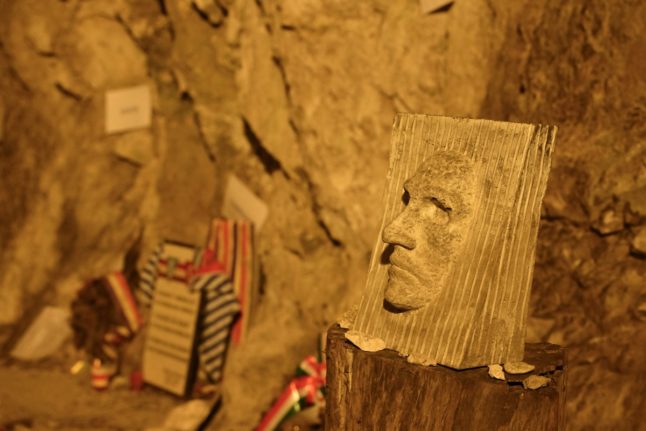
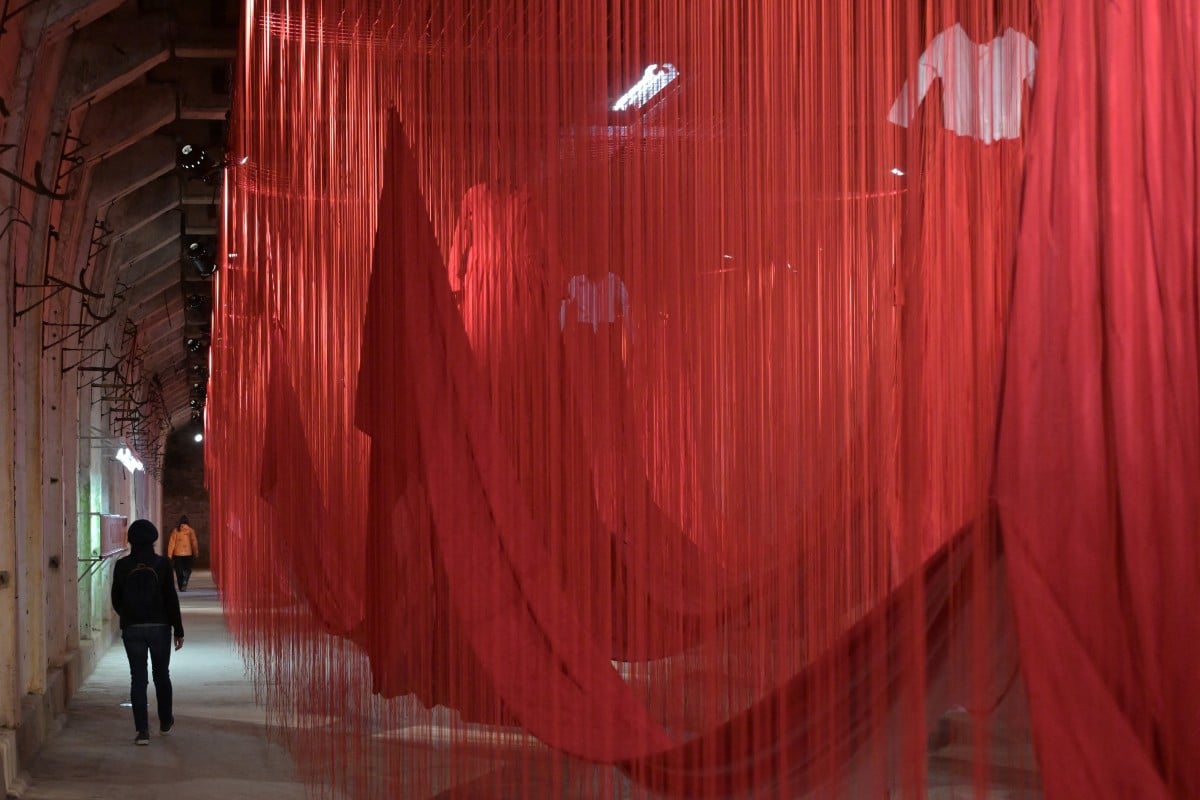
 Please whitelist us to continue reading.
Please whitelist us to continue reading.
Member comments